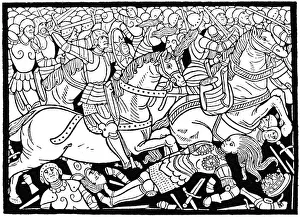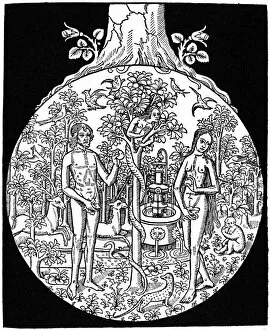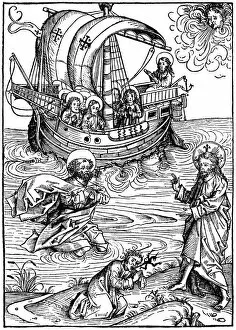Douglas Percy Bliss Collection
Douglas Percy Bliss was a renowned artist and illustrator, known for his captivating works that spanned across various centuries and themes
All Professionally Made to Order for Quick Shipping
Douglas Percy Bliss was a renowned artist and illustrator, known for his captivating works that spanned across various centuries and themes. In 1964, he delved into the world of historical ballads with "The Royal Martyrdom, " a haunting depiction that transported viewers back to the year 1648. Through his masterful brushstrokes, Bliss captured the raw emotions and tragic fate of those involved in this tumultuous period. Continuing his exploration of literature, Bliss turned to another iconic tale in "Robinson Crusoe. " With a nod to the 18th-century chapbook cut style, he brought this beloved story to life once again. His attention to detail and ability to convey depth made each character leap off the page. Bliss's talent extended beyond storytelling as seen in his work on Geoffrey Chaucer's masterpiece. The Kelmscott Press edition of Chaucer's Works showcased Bliss's skillful illustrations that perfectly complemented these timeless tales from 1896. Intrigued by history and its darker aspects, Bliss also ventured into French popular woodcuts used for illustrating murders circa 1840. These chilling images provided an eerie glimpse into crime scenes while highlighting Bliss's versatility as an artist. Delving even further back in time, Maximilian I, Holy Roman Emperor became one of Bliss's subjects. Through careful study and artistic interpretation, he captured the essence of this influential figure from 1559 with remarkable accuracy. Bliss also explored classical themes such as Aristotle and Phyllis from 1513—a captivating portrayal showcasing their complex relationship through vivid colors and intricate details. Additionally, "Bewitched Groom" depicted a sleeping groom ensnared by a sorceress' enchantment in 1544—an enchanting yet foreboding scene brought to life by Bliss's imaginative vision. Venturing into religious imagery prevalent during medieval times, Bliss drew inspiration from works like "Detail from the Apocalypse" in 1498.































